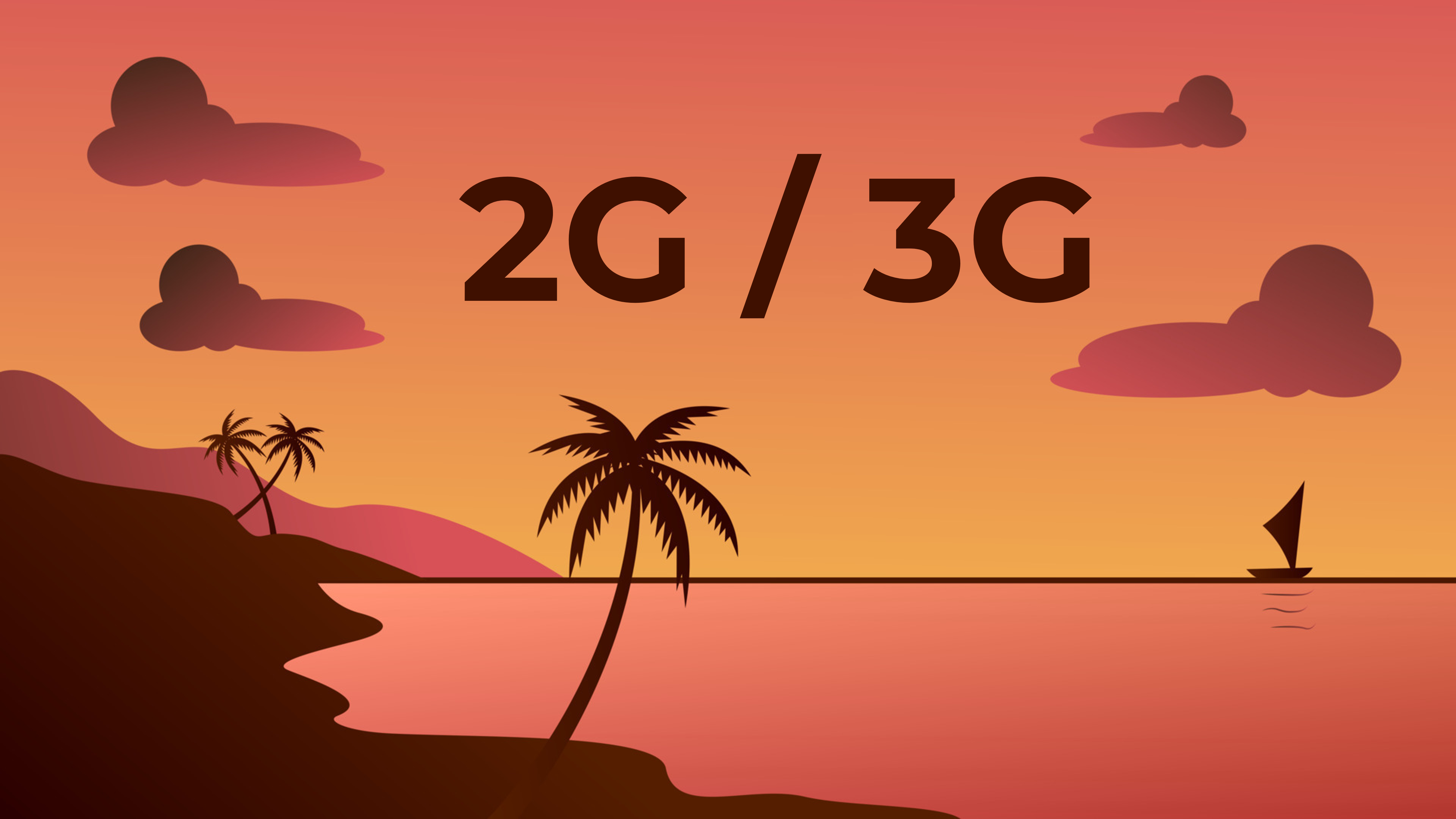The decommissioning of 2G and 3G networks and the rise of 5G technologies in the UK are good news for MVNOs. But how can they reap the full benefits of it? How to manage this transition and what will the impact for their subscribers be? Transatel explains.
Goodbye 2G and 3G!
As technology continues to evolve, the telecommunication landscape moves in tandem. The United Kingdom, a global leader in the telecommunications domain and technological advancements, is now decommissioning the once revolutionary 2G and 3G networks. Back in 2021, the government and the mobile network operators reached an agreement, stipulating that second-generation and third-generation technologies would be phased out by 2033. This is the case for all operators worldwide, starting with a transitional phase and commitment to improved mobile internet infrastructure.
While the year 2033 is currently set as the designated target for the complete decommissioning of both 2G and 3G, each of the four British MNOs are autonomous in determining timings and procedures. The consensus is to commence the decommissioning of 3G networks as an initial phase. A pertinent example is BT, our host network provider, who plans to terminate 3G services by January 2024. A pilot was undertaken on July 18th, when BT executed the 3G shutdown in Warrington, there was no reported disruption and no complaints from the subscribers, as detailed on BT’s website.
What will the benefits of the 2G and 3G sunsets be for MVNOs?
- Network optimisation: with the removal of the 2G and 3G networks, there will be more room for 4G/5G resources.
- Technological advancement: Decommissioning legacy networks encourages the adoption of newer technologies and services. This drives innovation and encourages the development of more advanced technologies like 6G.
- Improved user experience: Newer networks provide better data speeds, reduce latency, security, and improves call quality. Decommissioning older networks leads to an enhanced user experience for consumers and businesses.
- Environmental impact: 5G is expected to reduce carbon dioxide emissions by 330.8 million metric tons by 2025.
What will subscribers need to do?
Replace old devices: a few devices on the market are not 5G or even 4G compatible and only support 2G and 3G networks. Users relying on such devices will need to migrate to newer handsets that will allow access to the 4G or 5G networks.
Coverage and connectivity: While 2G and 3G networks are often used to provide coverage in areas where 4G and 5G might be limited, MNOs will now have to ensure 4G and 5G connectivity is available everywhere. Please visit BT’s website to check the coverage in your area.
The shift from the legacy 2G and 3G networks towards the next generation 4G and 5G networks means great advancements for the future of telecoms. The transition requires careful planning to ensure the continued availability of essential services and seamless connectivity for all, enabling the wide range of benefits that will come with it.
If you have any questions, please contact your Account Manager.






